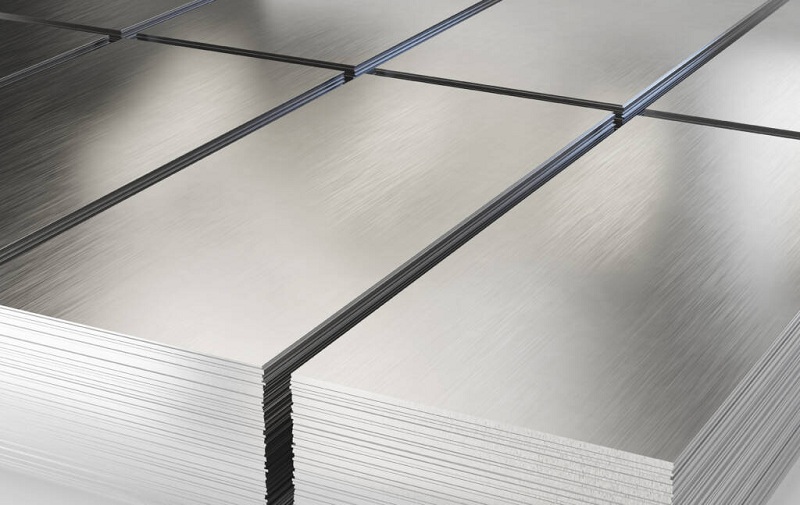
Many customers and friends will always encounter the two stainless steel industry terms "normal plate" and "rolled plate" when purchasing stainless steel plates, so what do they mean? Is there any difference?
Normal plate is a cold-rolled product obtained by cold-rolling hot-rolled material; calendered plate is a thinner cold-rolled product that is hot-rolled from cold-rolled material. So what is the difference between them, please see below:

1. Surface
The surface color of the regular board is uniform without dark stripes and roll marks, while the surface of the calendered board often has dark or yellow stripes, accompanied by peeling, water marks and other bad surfaces. Therefore, when purchasing calendered sheets, be sure to check its surface carefully. However, it is reported that with the improvement of production technology and production technology, the gap between normal material plate and calendered plate is gradually narrowing.

2. Thickness
The thickness of the normal material board is made according to the regulations, and the calendered board is customized according to the needs of customers. Sometimes there will be uneven thickness, such as the calendered board is thick in the middle but thin on both sides. This is generally not the case with normal boards.
3. Surface effect
There are basically no problems on the surface of the calendered plate after frosting and 8K surface treatment.

4. Application
Due to the flexible operation of the calendering plant, the width and thickness of the product can be freely pressed according to the customer's requirements.In this way can reduce the waste generated in the production of stainless steel products and save costs and materials. It is often used for products that require matte or 8K surfaces.
The status of colored stainless steel decorative sheets in decorative materials
2020-11-26Market analysis of global stainless steel industry in 2023
2023-10-21Modern Die Technology of Motor Stator and Rotor Iron Core
2023-03-15India Extends Anti-dumping Duty on China, South Korea & Other Stainless Steel Cold Rolling Mills
2020-12-08Common 304 stainless steel sheet types
2020-12-24Indonesia Stainless Steel Anti-dumping will be Liberalized?
2020-12-14






